
Pin by c_birdy on *Birding IS the Life (List) •♥• Pet birds, Backyard birds, Beautiful birds
So let's dive in and discover the world of baby doves! The Life Cycle of a Baby Dove. You're going to learn all about how these little creatures go from hatching to taking flight. The life cycle of a baby dove is truly fascinating, and it all begins with the hatching process. After incubating for about 14-15 days, the egg will start to.

Simply Sue's Simple Diary Those Baby Doves Again
A graceful, slender-tailed, small-headed dove that's common across the continent. Mourning Doves perch on telephone wires and forage for seeds on the ground; their flight is fast and bullet straight. Their soft, drawn-out calls sound like laments. When taking off, their wings make a sharp whistling or whinnying. Mourning Doves are the most frequently hunted species in North America.

Even dove babies! Beautiful birds, Bird identification, Bird photo
Fledglings: From the time they hatch, doves leave the nest at 11 or 12 days old. When they begin to self regulate their body temperature, the parents no longer brood them at night. If a baby is reluctant to leave the nest after 12 days, the parents will often keep watch nearby but refuse to feed it.
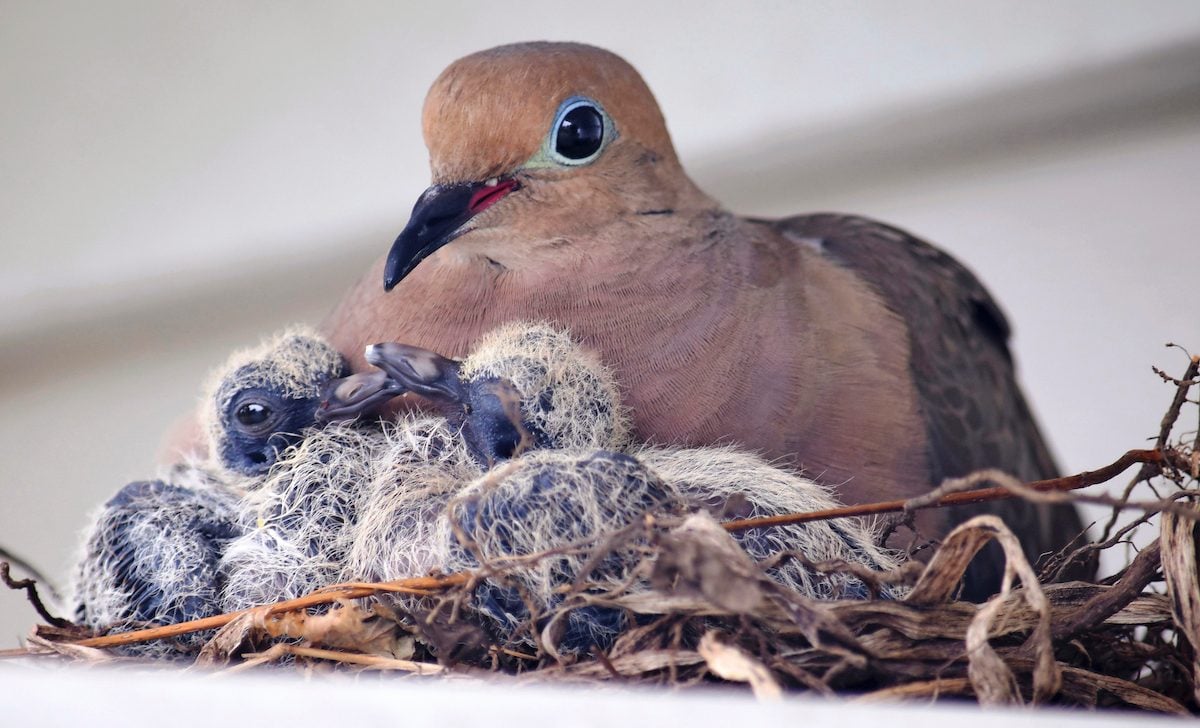
All About Mourning Dove Eggs and Baby Mourning Doves
Baby doves, also known as squabs, possess several distinct during their early development. These include feather development, beak and wing growth, and eye and ear formation. Understanding these aspects is crucial to gaining insights into the fascinating world of baby doves. Feather Development
Evelyn's Wildlife Refuge Baby Mourning Doves
1. Abandoned newborns Baby doves that fall from their nests can be replaced. The parents will not give up on their children because you've touched them If you find a nest of mourning doves whose nest is on the ground, you may want to repair and replace the nesting material.

What Does A Baby Mourning Dove Look Like glorietalabel
A graceful, slender-tailed, small-headed dove that's common across the continent. Mourning Doves perch on telephone wires and forage for seeds on the ground; their flight is fast and bullet straight. Their soft, drawn-out calls sound like laments. When taking off, their wings make a sharp whistling or whinnying. Mourning Doves are the most frequently hunted species in North America.

Baby Doves! Nature Notes Blog
If you ever come across a baby dove in need, you can try re-nesting it or constructing a makeshift nest to ensure its well-being. Should feeding become necessary, bird formulas like Gerber or Beechnut strained chicken food can come to the rescue. Remember, it's vital to warm up the baby dove before feeding and avoid exerting pressure on its crop.

Baby Dove STACIE McELROY PHOTOGRAPHY
Gently place the baby dove in the nest. Hold the bird with both hands and carefully lower it into the nest. Try not to touch the nest or the other eggs or chicks. Observe from a distance to see if the parent doves return. Stay at least 10 feet away from the nest and watch for the parent doves.

Mourning Dove Babies Mourning dove babies, Mourning dove, Doves
Description The Mourning Dove is slimmer than the pigeon and is about 12 inches in length. The Mourning Dove has a soft gray-brown body and a gray patch on the head. Black dots on their wings and a single black spot behind and below the eyes. When perching, you'll notice a long tapered tail.
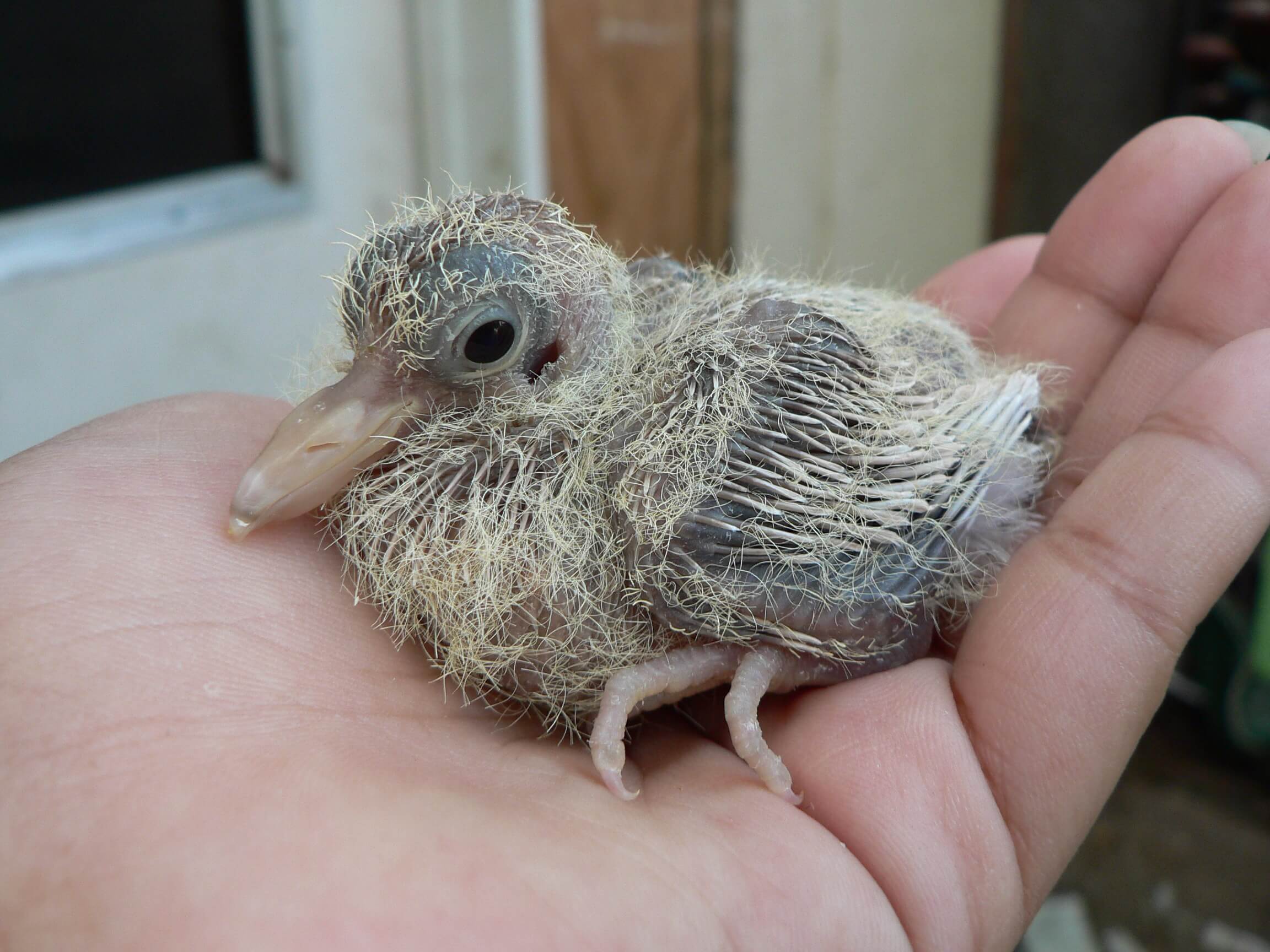
Ringneck Dove Know Everything About Them Pets Nurturing
Step 1: don't panic Step 2: read this article Here, you'll learn all about baby Mourning Doves and how to care and feed them if they're abandoned. It'll be just a little more information in your pocket, should you ever be in this situation. Let's dive in! Baby Mourning Dove identification Baby Mourning Doves are called squabs or chicks.
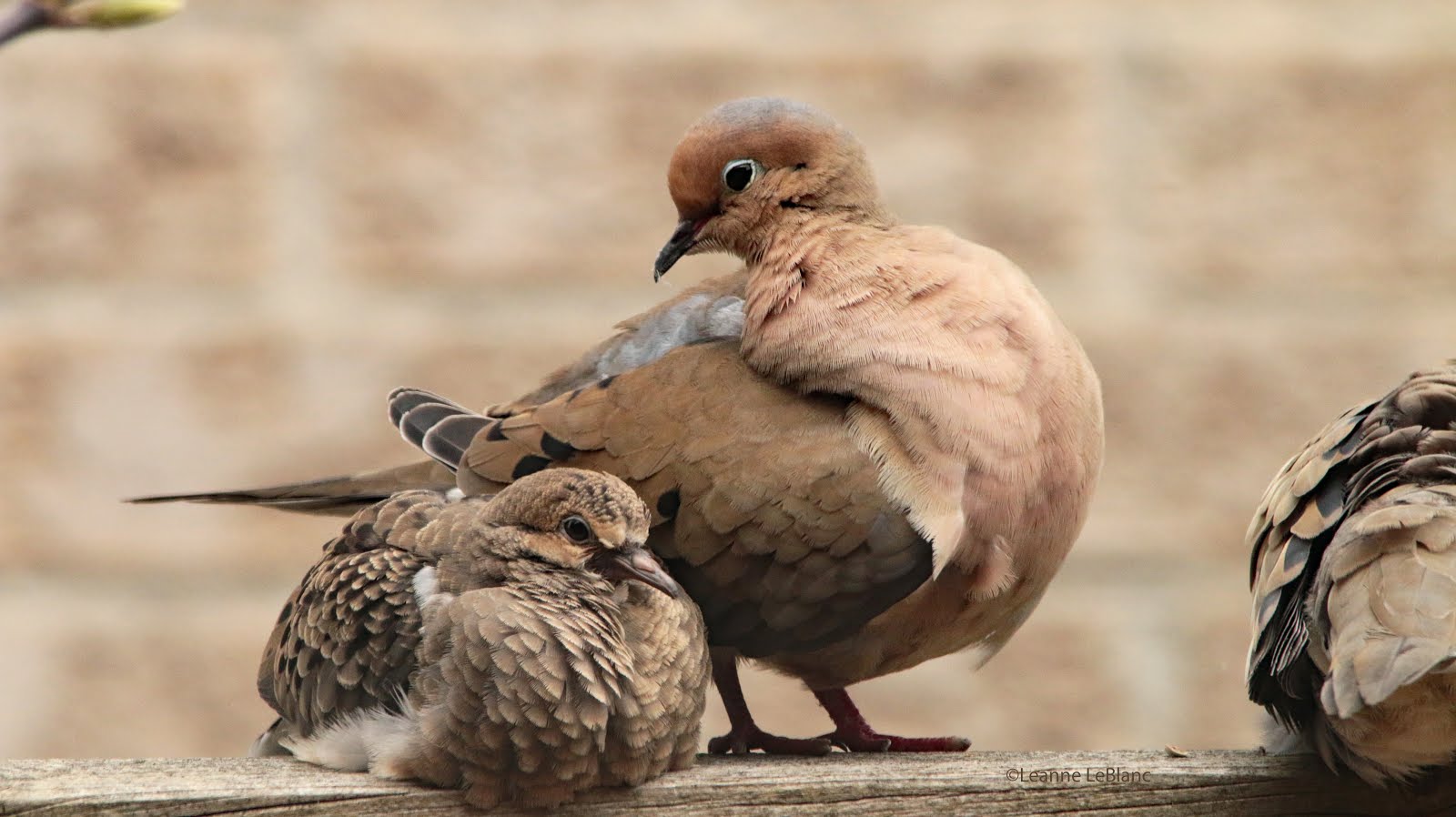
Baby Doves! Nature Notes Blog
What Do You Do If You Find A Baby Dove? If you come across a baby dove and are unsure about what to do, there are a few steps you can take: 1. Observe the surroundings: Take a moment to assess the situation and determine if the baby dove is in immediate danger or distress. Look for any signs of injury or predators nearby. 2.

Newly hatched baby birds (Mourning Doves) YouTube
Baby mourning doves, also known as fledglings, are the young birds that have recently left the nest and are learning to become independent. They are often found on the ground or perched on branches, and their appearance may differ slightly from adult doves. Their feathers are usually duller and less defined, and they may have a downy appearance.
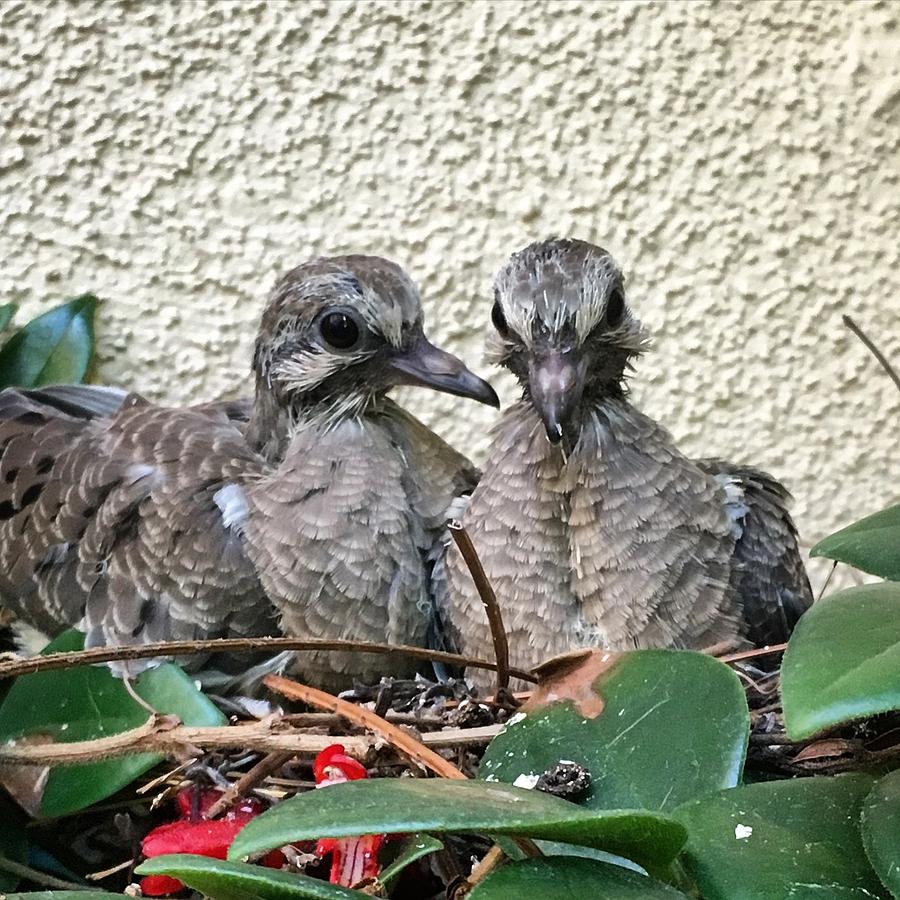
Baby doves Photograph by Eric Suchman Fine Art America
Basically, this baby dove bird's body is so tiny that it can fit in the palm of your hand. As this little creature nears the time to leave the nest, it becomes a mourning dove fledgling. Its weight increases significantly, reaching 1.76 to 2.82 ounces — nearly half the size of an adult.
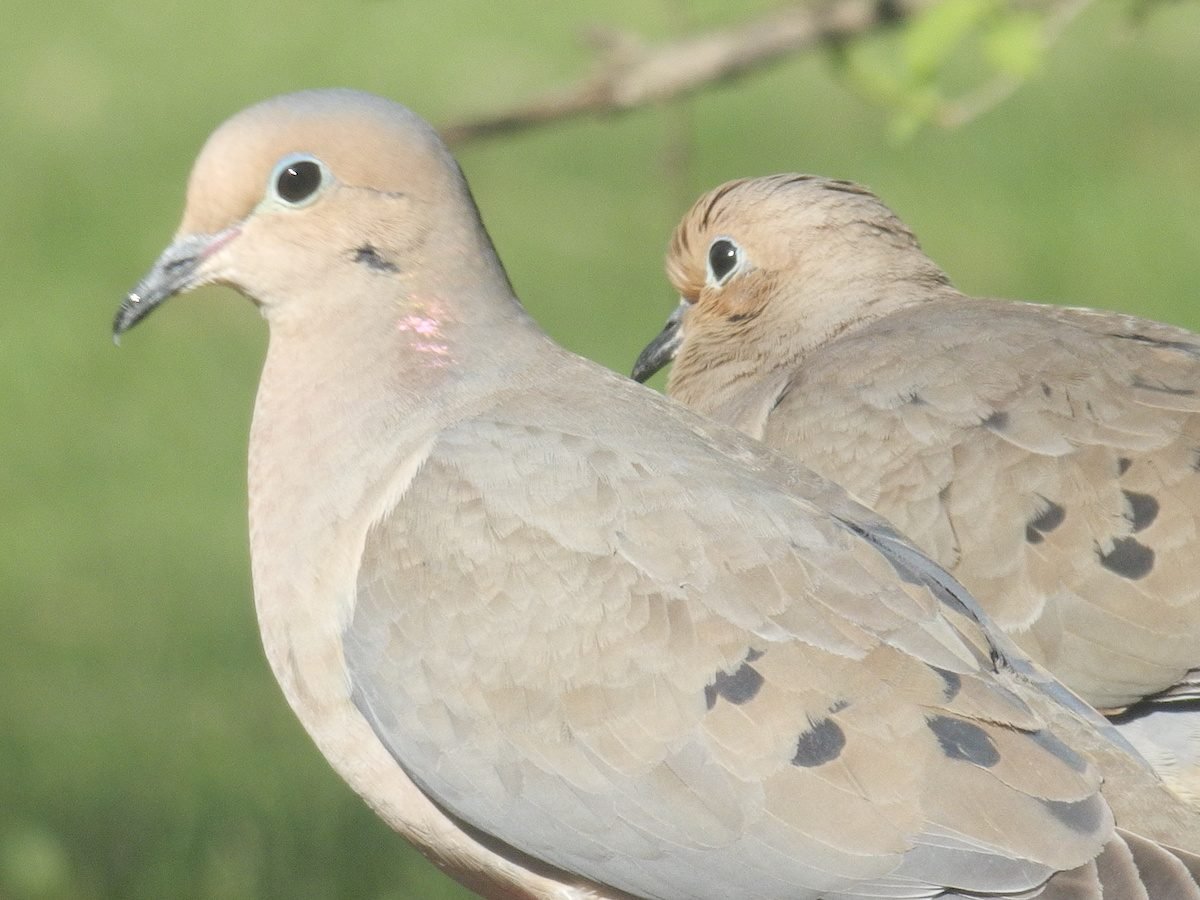
15 Breathtaking Photos of Mourning Doves Birds and Blooms
Avoids unbroken forest. The mournful cooing of the Mourning Dove is one of our most familiar bird sounds. From southern Canada to central Mexico, this is one of our most common birds, often abundant in open country and along roadsides. European settlement of the continent, with its opening of the forest, probably helped this species to increase.
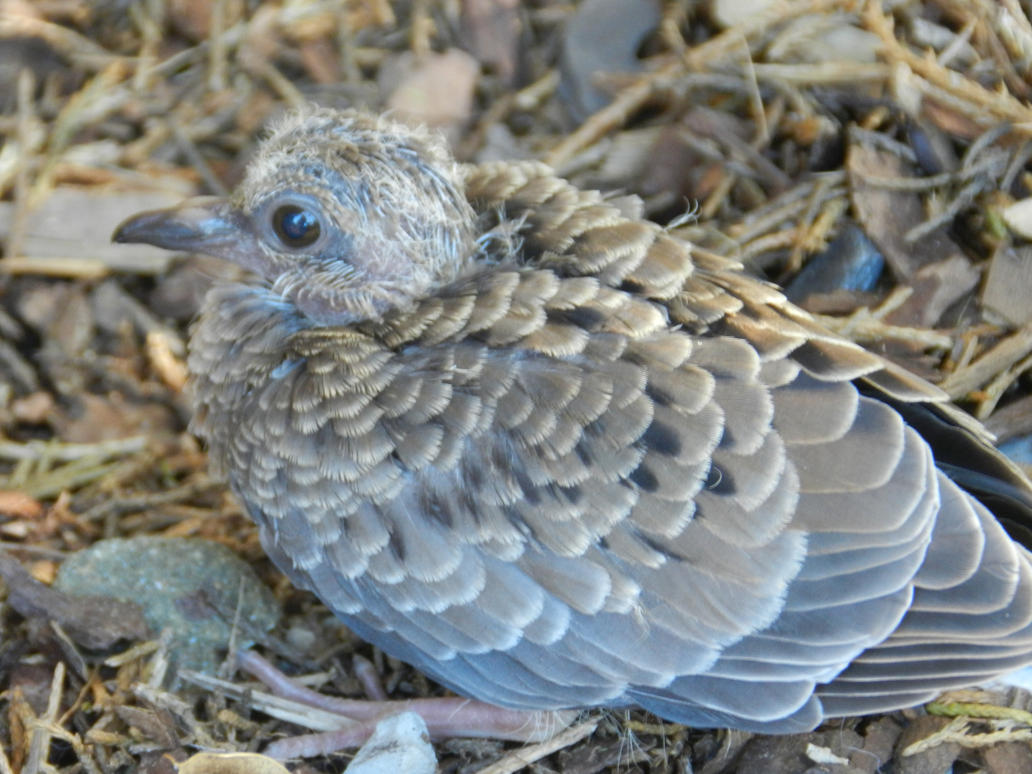
Baby Dove by msmith211 on DeviantArt
Dove babies grow exceedingly fast. By 12 days old they're big enough to leave their nest and venture into the big wide world. If they're over-cautious about leaving their nest then they'll find themselves hungry, as their parents stop coming to the nest to feed them after this time.
Baby Mourning Dove that landed on our balcony aww
Baby doves are called squabs and chicks. While doves are a pretty common sight, baby doves are often hidden away, so it's not common to see them. Dove nests are almost always highly camouflaged, and when baby doves are born, they stay in the nest until they're at least half the size of an adult.